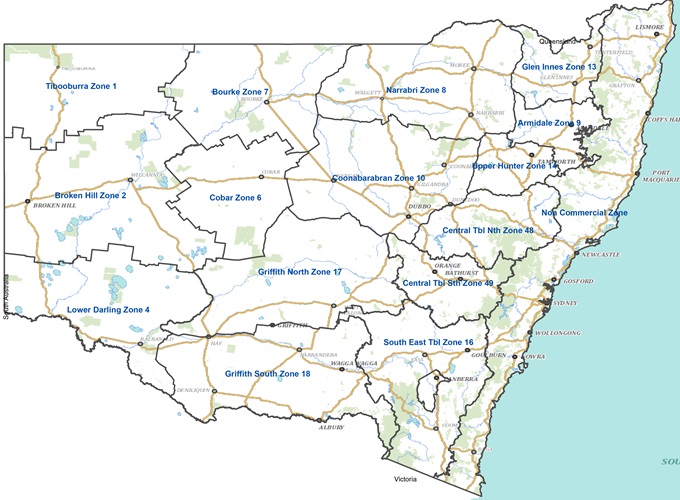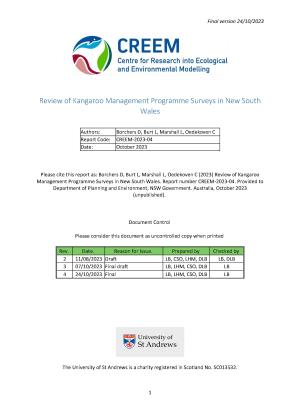Reliable population estimates are fundamental to ensuring the sustainability of the commercial harvest and are used to set the annual harvest quotas. The NSW Government has been researching and monitoring kangaroos under the NSW Kangaroo Management Program since the 1970s. Over this period improvements have been made to the design of surveys to estimate kangaroo population size, based on the best available science.
The 2023 Quota Report – NSW Commercial Kangaroo Management Program details the current survey methods for estimating kangaroo population size across the Northern and Central Tablelands, South East and Western New South Wales.
Annual harvest quotas established through population monitoring are allocated across 15 kangaroo management zones.



